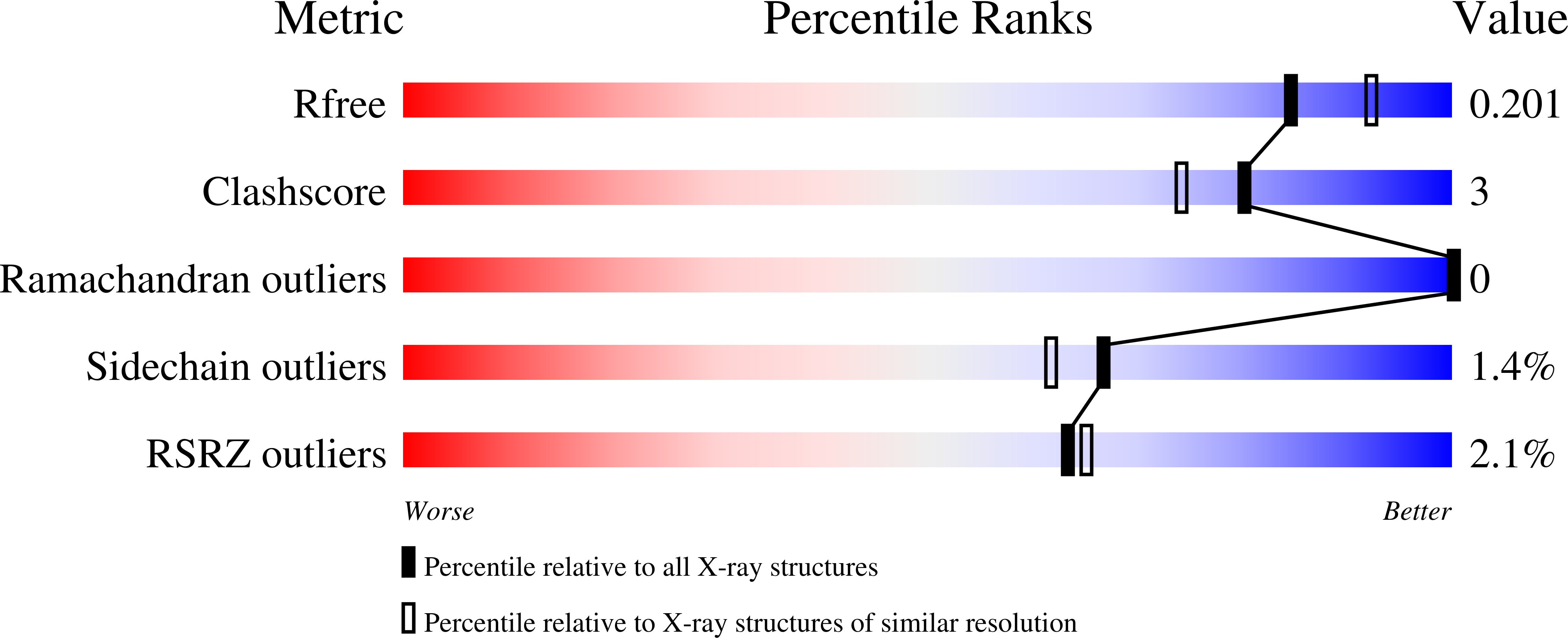
Deposition Date
2022-05-21
Release Date
2022-08-31
Last Version Date
2023-10-18
Entry Detail
PDB ID:
8CXL
Keywords:
Title:
Structure of NapH3, a vanadium-dependent haloperoxidase homolog catalyzing the stereospecific alpha-hydroxyketone rearrangement reaction in napyradiomycin biosynthesis
Biological Source:
Source Organism:
Streptomyces sp. CNQ-525 (Taxon ID: 418855)
Host Organism:
Method Details:
Experimental Method:
Resolution:
1.98 Å
R-Value Free:
0.20
R-Value Work:
0.18
R-Value Observed:
0.18
Space Group:
P 21 21 2


